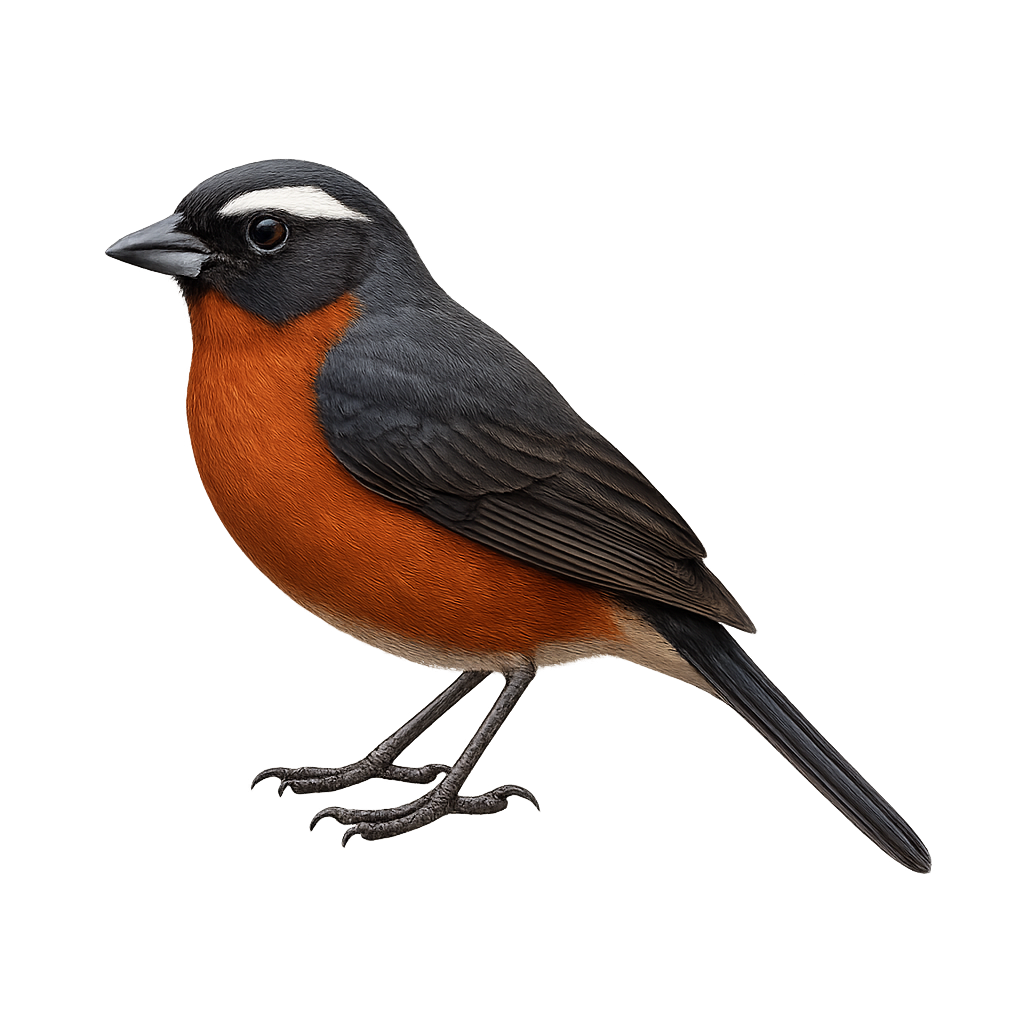Your wildlife photography guide.
Explore the black-backed sierra finch in detail, study its behavior, prepare your shots.
Where to observe and photograph the black-backed sierra finch in the wild
Learn where and when to spot the black-backed sierra finch in the wild, how to identify the species based on distinctive features, and what natural environments it inhabits. The WildlifePhotographer app offers tailored photography tips that reflect the black-backed sierra finch’s behavior, helping you capture better wildlife images. Explore the full species profile for key information including description, habitat, active periods, and approach techniques.
Black-backed Sierra Finch
Scientific name: Poospiza nigrorufa

IUCN Status: Least Concern
Family: THRAUPIDAE
Group: Birds
Sensitivity to human approach: Suspicious
Minimum approach distance: 10 m
Courtship display: October to November
Incubation: 13-15 jours
Hatchings: October to December
Habitat:
Shrublands, high-altitude grasslands, wetlands
Activity period :
Primarily active during the day, with peak activity in the morning and late afternoon.
Identification and description:
The Black-backed Sierra Finch, Poospiza nigrorufa, is a small passerine bird belonging to the Thraupidae family. It is primarily found in the mountainous regions of South America, particularly in Argentina, Bolivia, and Peru. This bird is characterized by its black plumage on the back and top of the head, contrasting with a rufous belly and chest. It inhabits shrublands and high-altitude grasslands, often near watercourses. The Black-backed Sierra Finch is a discreet bird, often seen in small groups or pairs. It feeds mainly on seeds and insects, which it finds by foraging on the ground or exploring bushes.
Recommended lens:
400 mm – adjust based on distance, desired framing (portrait or habitat), and approach conditions.
Photography tips:
To photograph the Black-backed Sierra Finch, opt for sunny mornings when the light is soft. Use a telephoto lens of 400mm or more to capture precise details without disturbing the bird. Look for it in shrublands or near watercourses, where it is often active. Be patient and discreet, as this bird can be suspicious. A tripod can be useful to stabilize your camera, especially if using slower shutter speeds.
The WildlifePhotographer App is coming soon!
Be the first to explore the best nature spots, track rutting seasons, log your observations, and observe more wildlife.
Already 1 432 wildlife lovers subscribed worldwide

